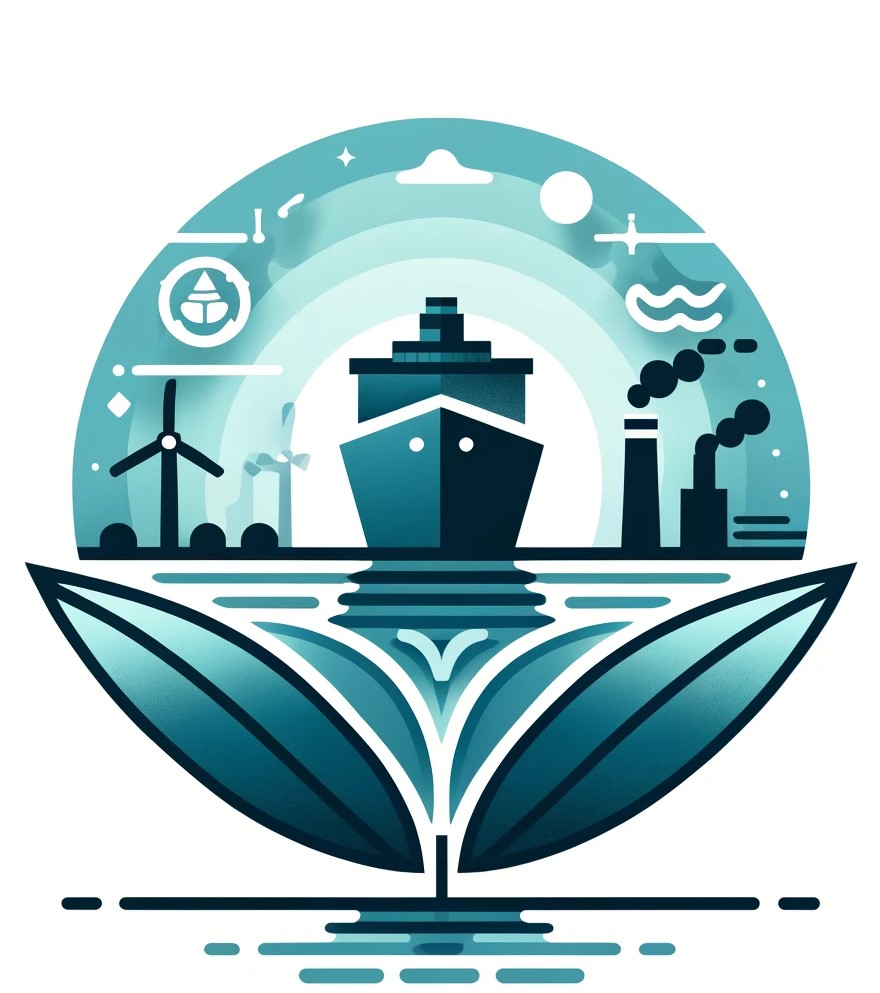고정 헤더 영역
상세 컨텐츠
본문
Pivetta, D., Dall’Armi, C., Sandrin, P., Bogar, M., & Taccani, R. (2024). The role of hydrogen as enabler of industrial port area decarbonization. Renewable and Sustainable Energy Reviews, 189, 113912.
Renewable and Sustainable Energy Reviews (Citescore: 26.3 | Impact Factor: 15.9)
Introduction
Current state of Ports:
- Shipping and ports play a central role in global trade and economy by managing the 80 % of the whole worldwide commerce in terms of volume and the 70 % of its total value
- Populated coastal areas and port cities are subjected to large amounts of green-house gases (GHG), pollutants and particular matter emissions.
- 40 % of global population is settled within 100 km from the coastline and that half of the global tourism develops in coastal areas.
- By focusing to the port-level, ship traffic is responsible for more than the 70 % of the total gaseous emissions, while the remnant emissions derive from port equipment, buildings and from industrial sectors interconnected to port-related activities
- Historically, ports have served as a means for facilitating trade and supplying materials and energy
- In the foreseeable future, it is anticipated that ports will also assume a new function as renewable energy hubs.
- The European Union (EU) considers hydrogen as one of the main pillars to be integrated in the future energy systems and it is often proposed as a promising option for decarbonizing IPA.

Decarbonization strategies of industrial port areas and the role of hydrogen-based technologies

Onshore Power Supply (OPS)
- Ships operating near coastlines are releasing lots of pollutants during maneuvering, docking, undocking, loading, and unloading.
- When ships are docked, on-board power generators need to be kept active for powering air conditioning systems, pumps, control systems and cargo handling ones.
- As a result, docked-ship-related operations are responsible up to 70 % of the total emission of seaports in developed countries.
- Onshore Power Supply: consists in supplying power from a shore-side source to berthed ships, allowing them to switch-off on-board power generators, thus reducing noise and ship-related pollutant emissions.

Bunker Fuels
Another effective reduction of emissions in ports could be obtained by adopting alternative fuels for shipping.
- Fossil fuels (Heavy fuel and marine diesel fuel): Low cost, yet the usage often exceeds the emission limits set by the International Maritime Organization (IMO)
Possible Alternatives
- liquified natural gas (LNG): LNG could potentially cut the tank-to-propeller CO2 emissions by up to 30 % when substituted to heavy fuel oils or marine diesel oils à methane slip phenomenon could limit this result.
- Biofuels: help in reducing both pollutants and GHG emissions, and can be produced using biomass --> production chain, in some cases, is still at the early stages of development,
- Methanol: produced from Natural Gas (NG), and renewable feedstock (bio-methanol)
- Bio-methanol can potentially guarantee the reduction of lifecycle NOX emissions by up to 45 % and lifecycle SOX emissions by up to 8 % with respect to conventional fuels
- Ammonia: if used for Internal Combustion Engine (ICE) could potentially cut GHG emissions by 90 % with respect to heavy-fuel-oils-fed ICE.
- hydrogen: The interest on hydrogen as a potential alternative marine fuel is growing: thanks to its favorable characteristics for onboard marine applications (Table 1) à zero local emission navigation when used in FC.
Analysis of hydrogen-related projects in worldwide ports
74 projects of hydrogen-related projects in worldwide ports: Port of Sines, Groningen Seaport, Port of Amsterdam, port of Rotterdam, etc.

Concluding remarks and future trends
- As a final remark, financial and economic incentives are still required to promote the spreading of the hydrogen-based technologies. Funding and financing research and development is also necessary to improve the ongoing technological scaling up and the process overall efficiency.
- In the medium-long term, a full penetration of hydrogen technologies in the IPA framework could be achieved with the cooperation of the industry, port and shipping sectors, subject to progressively stricter environmental standards required globally.
- The paper discusses the strategy to decarbonize many aspects of Industrial Port Area through the use of Hydrogen. With hydrogen related projects being established throughout the ports. New problems emerged, in terms of safety and optimization.
Paper Contributions
this paper presents several contributions to the existing work in the literature
- A comprehensive review of hydrogen based decarbonization strategies for IPA is provided, emphasizing the role of hydrogen and hydrogen-based technologies and comparing their main technical and economic characteristics.
- Analise of an extensive collection of projects concerning the current or future adoption of hydrogen in various IPA.
- A critical analysis about strategies and tools available for port decarbonization is provided, highlighting technology gaps, and summarizing the main technical and economic barriers for the implementation of hydrogen-based technologies.
 대학원생들의 해양 동향 리포트
대학원생들의 해양 동향 리포트




